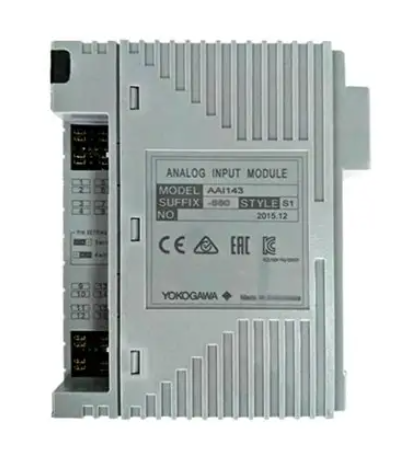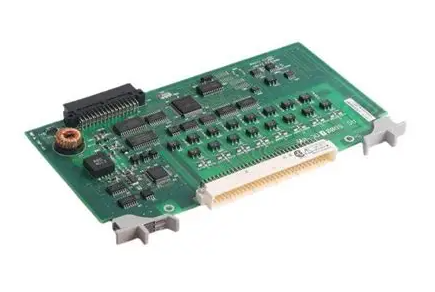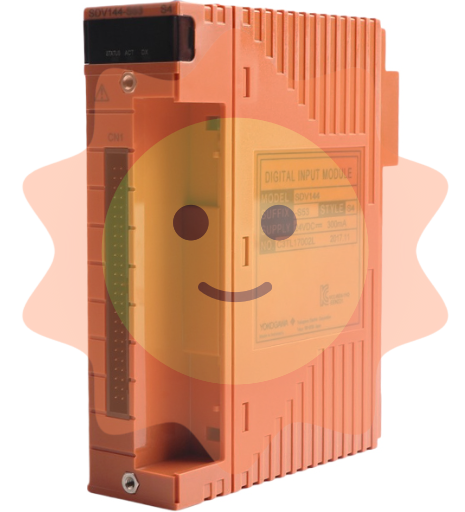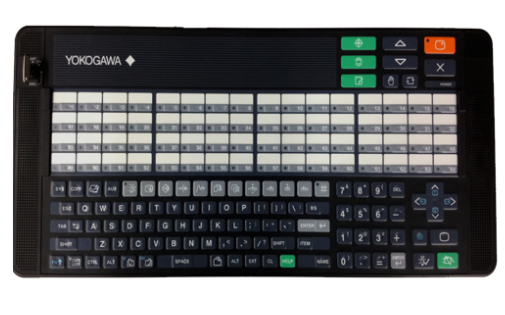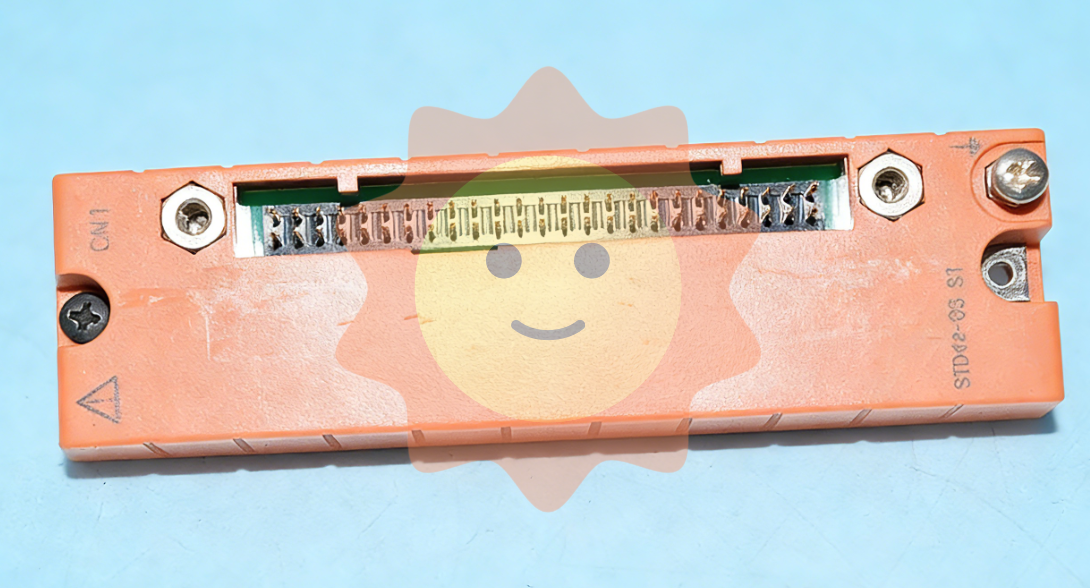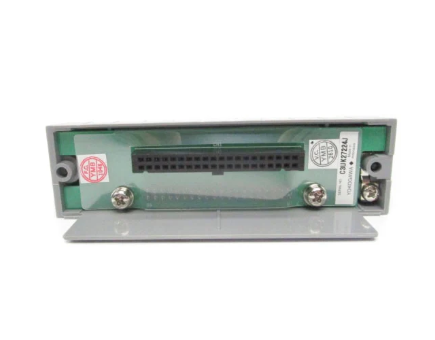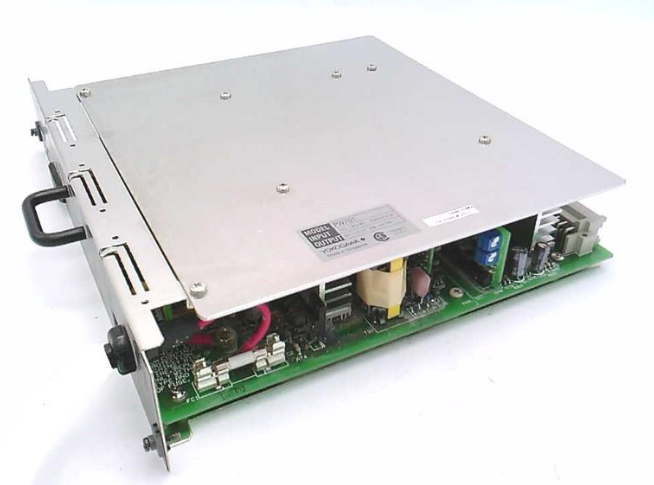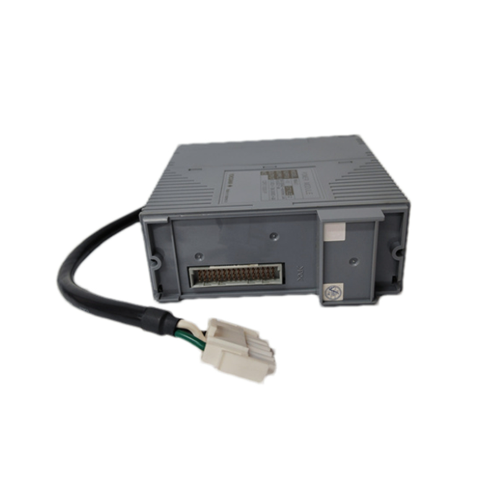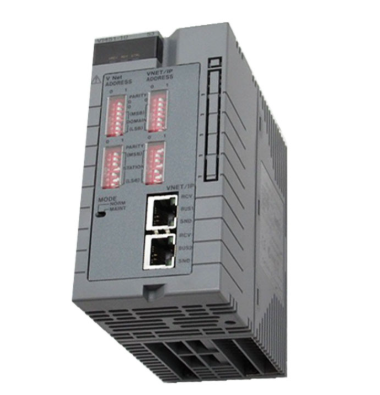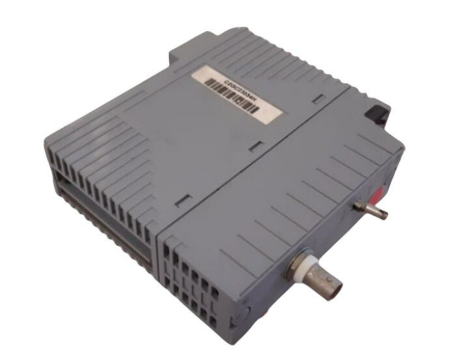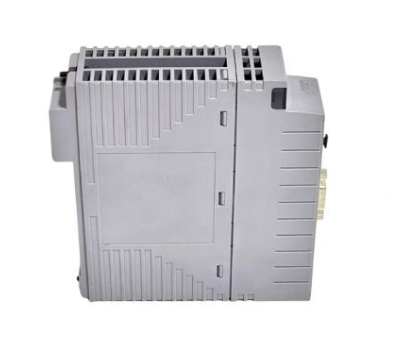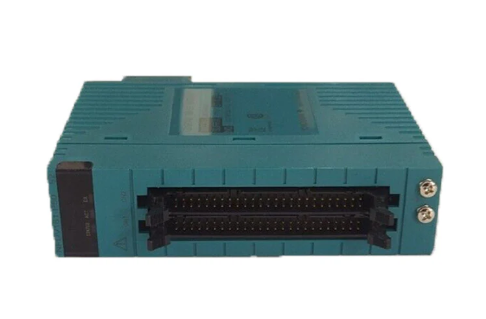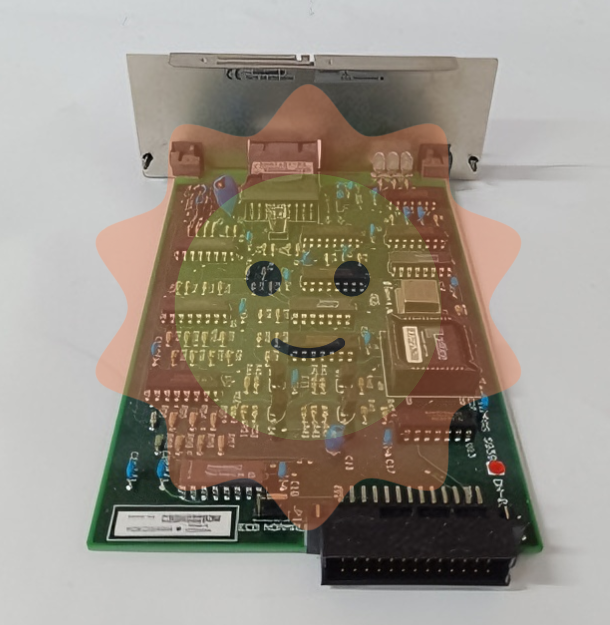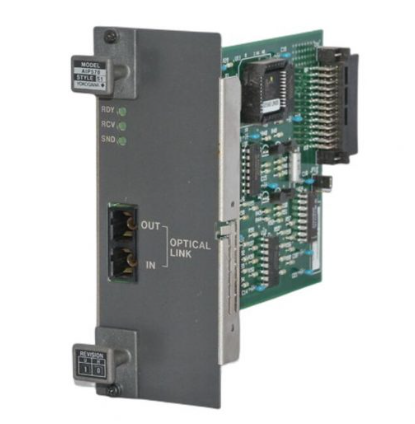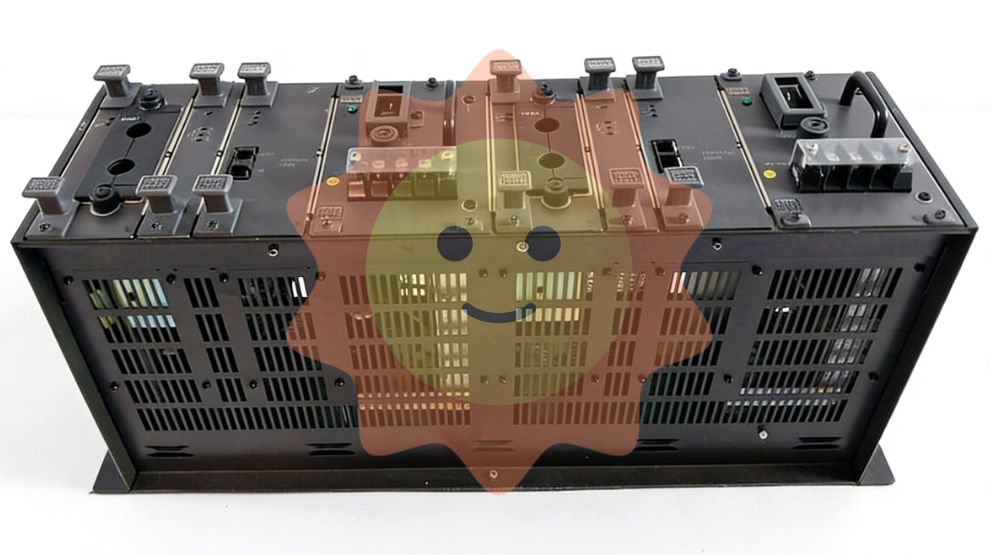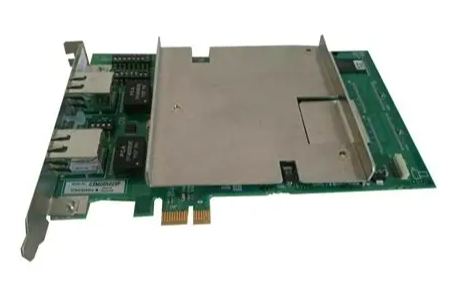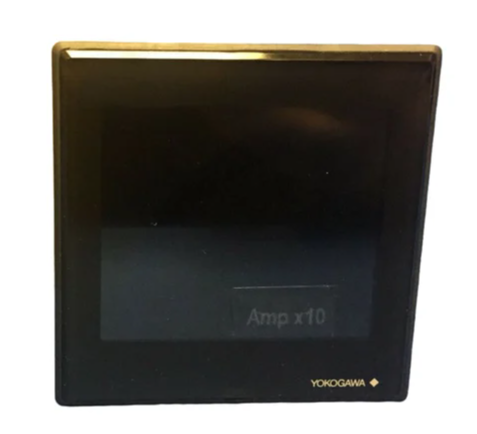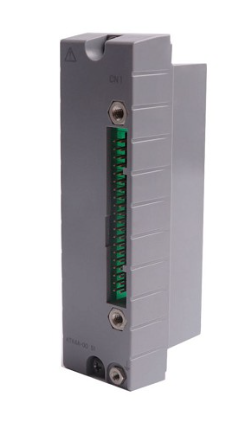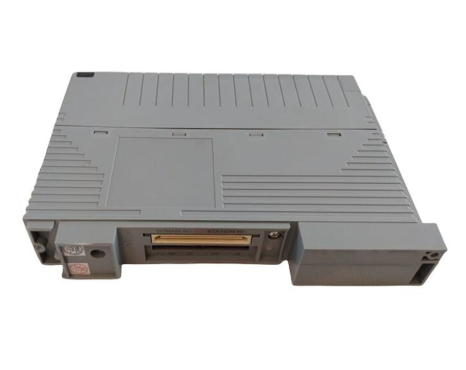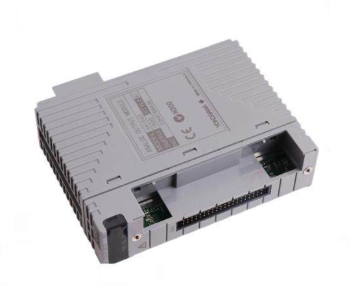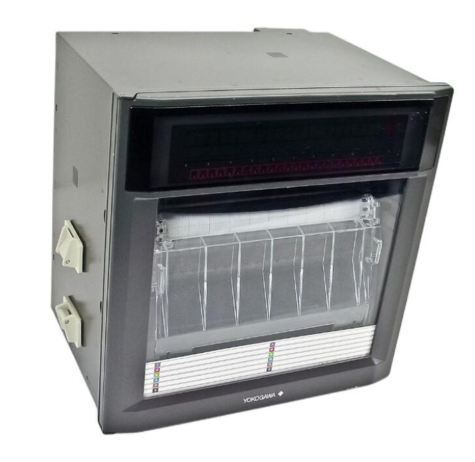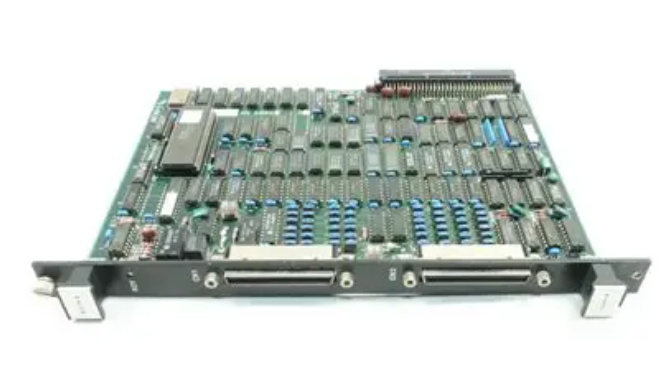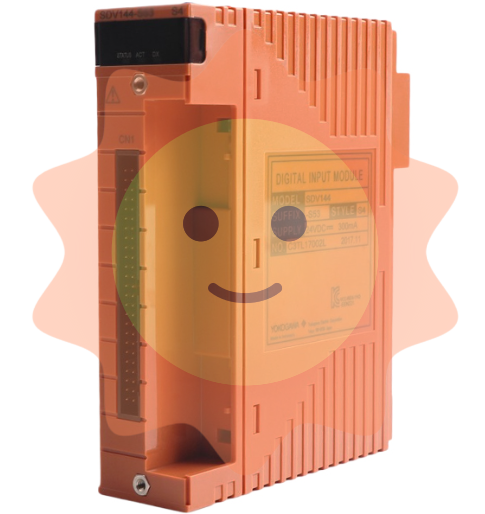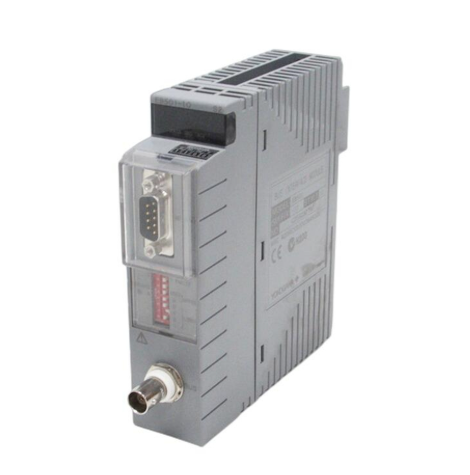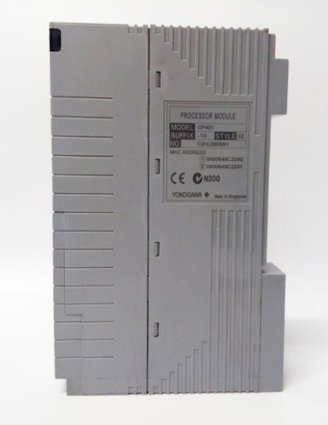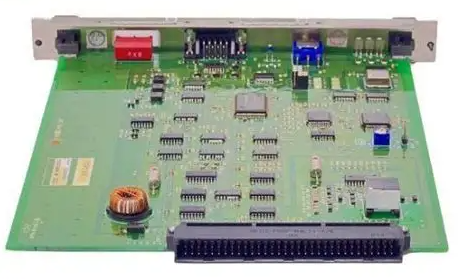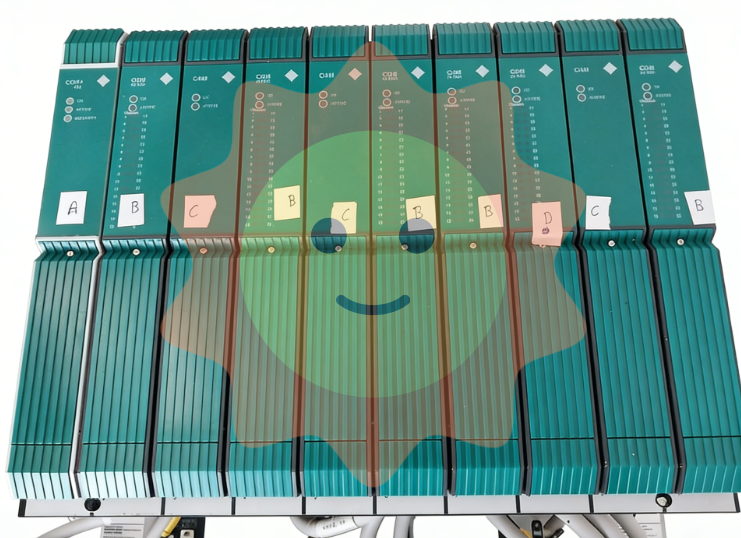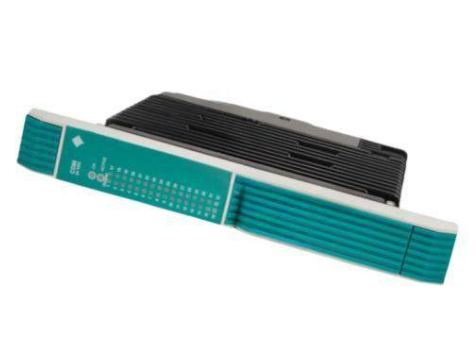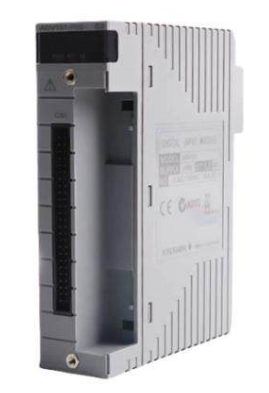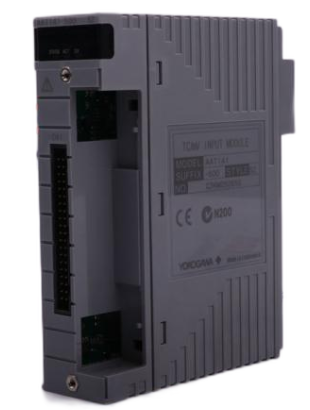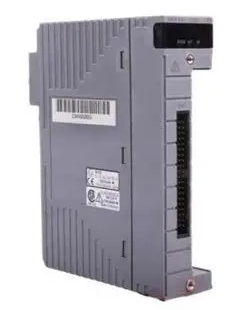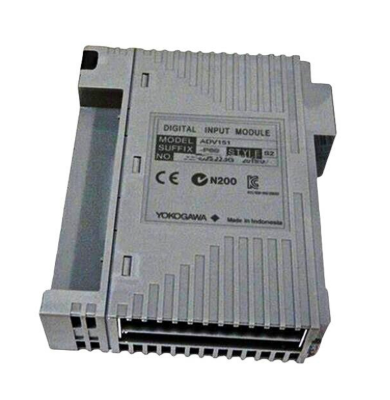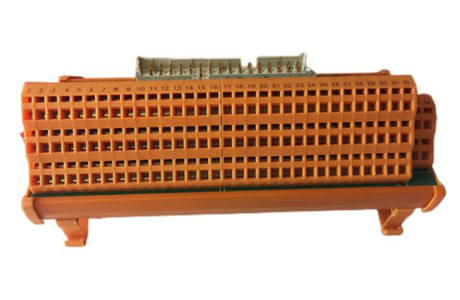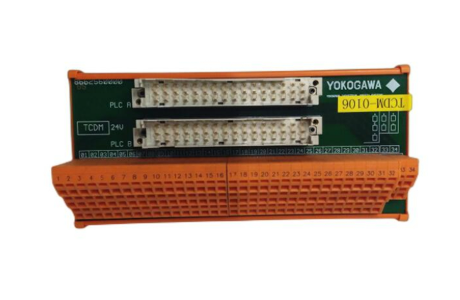ABB Ability ™ Symphony ® Plus S+ Engineering
Multi system support: Multiple S+Operations human-machine interface systems can be configured from a single engineering node or project, facilitating centralized development, maintenance, and deployment of independent systems such as online production and offline testing.
Human Machine Interface Upgrade Support: Provides a seamless path for factories upgrading from the old Symphony human-machine interface platform to S+Operations, allowing for direct reuse of existing console databases and graphics, reducing upgrade workload and training requirements.
Integrated Control Engineering and Tools
Control engineering function: supports the development and maintenance of Symphony Plus control system configuration, including HR series, SD series, and SDe series controllers; Intuitively interact with system configuration information through the Explorer application, supporting the association of various documents; The data browser supports editing label data in Excel view and saving it to the configuration server. It also supports database filtering, batch import and export, and complex query replacement; Automation Architect visualizes control strategies, supports saving as macro reuse, and creates advanced control strategies through drag and drop function blocks.
Control Logic Templates (CLTs): Allow users to define and maintain reusable standard control policy templates as blueprints for control policy structures, support object exchange management, and enable quick definition of control logic documents. Template updates can retain instance specific configurations and spread to all associated instances.
Configurable Function Codes (CFCs): Engineers can use standard function codes to create specific control logic and save it as a package, which can be reused as standard function codes in control logic design. They support custom shape, input-output, parameter, and label mapping, and can choose to hide or display control strategy content.
Library management: The engineering library contains various components and functional blocks, etc. Reusable components are displayed through the object exchange window. Users can use preset function codes and symbols, or customize and save them to a separate folder. It supports copy and paste functions, making it easy to share objects between different projects, saving time and reducing errors.
Controller automatic conversion: Provides conversion tools that support upgrading from Symphony Harmony Rack controllers to the latest SDe series controllers, automatically updating and modifying the communication logic of affected controllers, preserving the original application logic without manual modification.
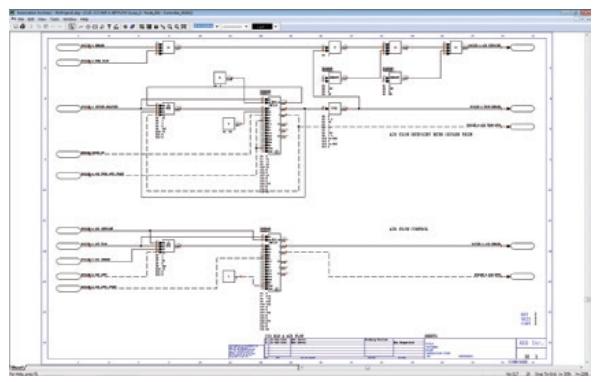
Batch engineering and equipment integration
Batch engineering: supports configuring signal lists, controlling hardware, I/O allocation, etc. through importing process points or I/O spreadsheets, supports processing multiple revised versions of signals and I/O lists, and avoids duplicate imports; Improve reengineering efficiency through a data editor based on custom queries, supporting entity filtering.
PROFIBUS/HART device integration: supports the use of PROFIBUS and HART protocols to configure, debug, and maintain intelligent field and electrical equipment. Data within the device can be accessed by controller function blocks and used for real-time control strategies; By using Field Device Tool (FDT) and Device Type Manager (DTM) technology to graphically configure and manage devices, it supports standard protocol configuration and can be integrated with Field Information Manager (FIM) to extend device management functionality.
Other protocols and device integration: Supports bidirectional real-time communication between SD and HR series controllers and Modbus TCP devices. Modbus points can be used to control application algorithms or human-machine interface interactions, providing gateway software for simplified configuration and other operations; Support communication between SD series controllers and devices using IEC 60870-5-104 and DNP 3.0 protocols, providing integrated configuration functions and templates; Support the control and monitoring of intelligent electronic devices through the IEC 61850 (Edition 2) protocol, interface configuration and maintenance from S+Engineering, and support horizontal and vertical communication.
Soft controller: Integrated with a soft controller suitable for SD and SDe controllers, it allows the execution of compiled functional code application logic on any S+Engineering node, facilitating testing and pre tuning of control applications before implementation, reducing the start-up and debugging costs of new projects, upgrades, or expansion projects.
Batch and sequential control function
Batch Data Manager (BDM): a tool that includes creating, editing, managing, and downloading batch, sequential, and user-defined feature code configurations. It supports the use of natural syntax control statements to create batch programs and download them to Batch Sequence (BSEQ) feature codes; Create unit programs and main formulas through graphical means, and download the complete formulas to the controller. New formulas can be marked as pending approval status, and relevant events are recorded in the log to ensure system integrity.
- EMERSON
- Honeywell
- CTI
- Rolls-Royce
- General Electric
- Woodward
- Yaskawa
- xYCOM
- Motorola
- Siemens
- Rockwell
- ABB
- B&R
- HIMA
- Construction site
- electricity
- Automobile market
- PLC
- DCS
- Motor drivers
- VSD
- Implications
- cement
- CO2
- CEM
- methane
- Artificial intelligence
- Titanic
- Solar energy
- Hydrogen fuel cell
- Hydrogen and fuel cells
- Hydrogen and oxygen fuel cells
- tyre
- Chemical fiber
- dynamo
- corpuscle
- Pulp and paper
- printing
- fossil
- FANUC
- Food and beverage
- Life science
- Sewage treatment
- Personal care
- electricity
- boats
- infrastructure
- Automobile industry
- metallurgy
- Nuclear power generation
- Geothermal power generation
- Water and wastewater
- Infrastructure construction
- Mine hazard
- steel
- papermaking
- Natural gas industry
- Infrastructure construction
- Power and energy
- Rubber and plastic
- Renewable energy
- pharmacy
- mining
- Plastic industry
- Schneider
- Kongsberg
- NI
- Wind energy
- International petroleum
- International new energy network
- gas
- WATLOW
- ProSoft
- SEW
- wind
- ADVANCED
- Reliance
- YOKOGAWA
- TRICONEX
- FOXBORO
- METSO
- MAN
- Advantest
- ADVANCED
- ALSTOM
- Control Wave
- AB
- AMAT
- STUDER
- KONGSBERG
- MOTOROLA
- DANAHER MOTION
- Bently
- Galil
- EATON
- MOLEX
- Triconex
- DEIF
- B&W
- ZYGO
- Aerotech
- DANFOSS
- KOLLMORGEN
- Beijer
- Endress+Hauser
- MOOG
- KB
- Moxa
- Rexroth
- YAMAHA
- Johnson
- Westinghouse
- WAGO
- TOSHIBA
- TEKTRONIX
- BENDER
- BMCM
- SMC


Email:wang@kongjiangauto.com

